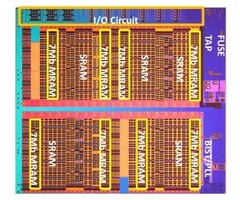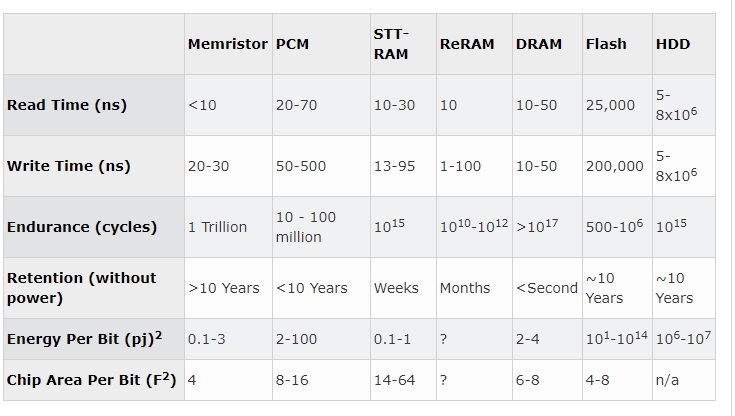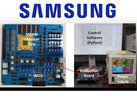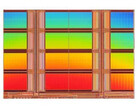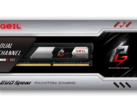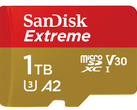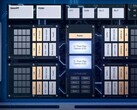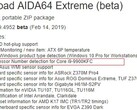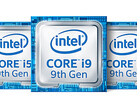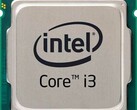Intel has been working on the spin-transferable torque magnetoresistive RAM (STT-MRAM) technology for quite some years now, and the company just announced that it is ready to mass produce this type of memory chips. STT-MRAM is Intel’s alternative for embedded SRAM and NAND flash, so we could be looking at new storage products coming in 2020.
The latest STT-MRAM implementation was presented at the International Solid-State Circuits Conference this Tuesday. It looks like the memory chips do not need the latest 7 nm manufacturing process, as Intel presented highly responsive modules built on the older 22FFL FinFET process, which already provides a high enough density. STT-MRAM promises higher write and read speeds compared to current RAM implementations, plus it offers virtually limitless endurance and long-term data storage at high temperatures. Intel will most likely include these new memory chips in its future Optane products, since MRAM can easily act as computer RAM and storage at the same time. The current MRAM density reaches only 7 Mb per package, however, so Intel could first introduce it in upcoming CPUs, replacing the current cache memory.
Some of the technologies that could really benefit from the MRAM hybrid chips include machine learning and AI applications. MRAM could thus act as artificial neurons for the neural network, sending data at high speeds, as well as storing certain bits of information as “memories.”
I first stepped into the wondrous IT&C world when I was around seven years old. I was instantly fascinated by computerized graphics, whether they were from games or 3D applications like 3D Max. I'm also an avid reader of science fiction, an astrophysics aficionado, and a crypto geek. I started writing PC-related articles for Softpedia and a few blogs back in 2006. I joined the Notebookcheck team in the summer of 2017 and am currently a senior tech writer mostly covering processor, GPU, and laptop news.
> Expert Reviews and News on Laptops, Smartphones and Tech Innovations > News > News Archive > Newsarchive 2019 02 > Intel's STT-MRAM ready for mass production, viable alternative for SRAM and NAND flash?
Bogdan Solca, 2019-02-22 (Update: 2019-02-24)




